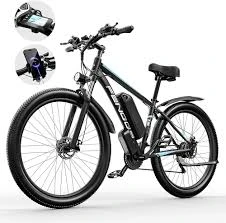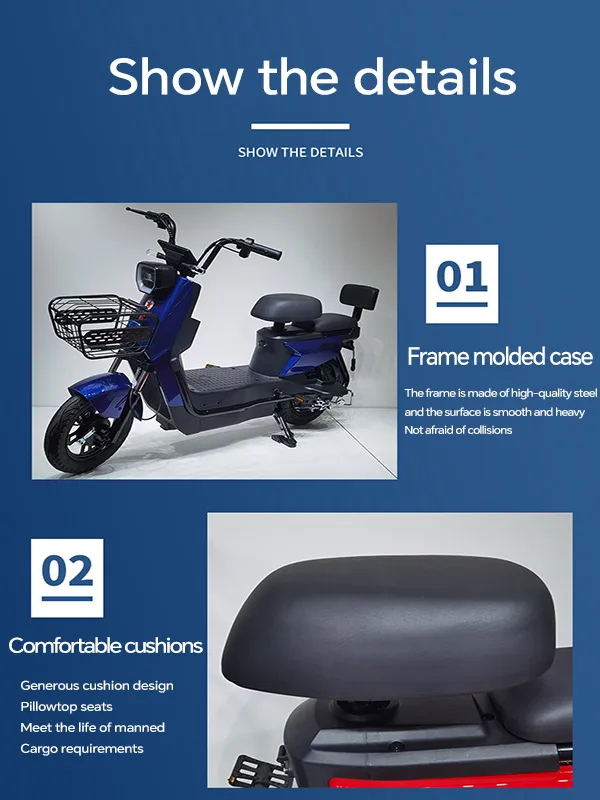
- Afrikaans
- Albanian
- Amharic
- Arabic
- Armenian
- Azerbaijani
- Basque
- Belarusian
- Bengali
- Bosnian
- Bulgarian
- Catalan
- Cebuano
- Corsican
- Croatian
- Czech
- Danish
- Dutch
- English
- Esperanto
- Estonian
- Finnish
- French
- Frisian
- Galician
- Georgian
- German
- Greek
- Gujarati
- Haitian Creole
- hausa
- hawaiian
- Hebrew
- Hindi
- Miao
- Hungarian
- Icelandic
- igbo
- Indonesian
- irish
- Italian
- Japanese
- Javanese
- Kannada
- kazakh
- Khmer
- Rwandese
- Korean
- Kurdish
- Kyrgyz
- Lao
- Latin
- Latvian
- Lithuanian
- Luxembourgish
- Macedonian
- Malgashi
- Malay
- Malayalam
- Maltese
- Maori
- Marathi
- Mongolian
- Myanmar
- Nepali
- Norwegian
- Norwegian
- Occitan
- Pashto
- Persian
- Polish
- Portuguese
- Punjabi
- Romanian
- Russian
- Samoan
- Scottish Gaelic
- Serbian
- Sesotho
- Shona
- Sindhi
- Sinhala
- Slovak
- Slovenian
- Somali
- Spanish
- Sundanese
- Swahili
- Swedish
- Tagalog
- Tajik
- Tamil
- Tatar
- Telugu
- Thai
- Turkish
- Turkmen
- Ukrainian
- Urdu
- Uighur
- Uzbek
- Vietnamese
- Welsh
- Bantu
- Yiddish
- Yoruba
- Zulu
Feb . 15, 2025 03:19 Back to list
mountain bike downhill bike
For mountain biking enthusiasts, the decision to ride a 29er mountain bike is transformative, offering an advanced experience marked by superior performance and adaptability. Seven years and tens of trails later, my experience with 29ers has sharpened my understanding of their unique benefits, elevating my expertise in this niche. This article seeks to untangle the nuances of 29er mountain bikes, making it an authoritative resource for both seasoned riders and beginners.
In my diverse rides across continents and climates, the dependability and resilience of the 29er have been unfailingly consistent. These bikes thrive in harsh conditions—slippery mud, loose gravel, or packed snow, offering a performance that inspires trust. Notably, the upscaling trend among bike manufacturers to develop 29ers with customizable components—such as tubeless tires and adjustable suspension systems—means that riders are never left wanting for perfect fit or function. This customization potential indicates a depth of expertise and specialized knowledge in the bike's design and construction. Endorsement from industry professionals has further cemented the 29er’s authoritative presence in the market. It's common to find bike reviews and forums lauding the 29er, where technical breakdowns of its performance metrics exhibit the model's remarkable capabilities. Trust in these bikes is boosted by their extensive track records in competitive sports such as XC (cross-country) mountain biking, where speed and endurance highlight the 29er’s advantages. Before acquiring a 29er, consider a few important factors that can amplify your biking experience. Seasoned riders recommend test rides to assess comfort levels and fit since these elements are crucial to maximizing a 29er’s benefits. The bike's increased wheelbase requires practice and adaptation, particularly if transitioning from a smaller wheel size. In summary, the 29er mountain bike represents a confluence of experience, expertise, authority, and trustworthiness that appeals to serious bikers. Its outstanding features not only enhance the riding experience but also redefine what is achievable on a mountain trail. Embarking on a journey with a 29er is more than an upgrade—it's a step into a realm where biking potential is limitless.


In my diverse rides across continents and climates, the dependability and resilience of the 29er have been unfailingly consistent. These bikes thrive in harsh conditions—slippery mud, loose gravel, or packed snow, offering a performance that inspires trust. Notably, the upscaling trend among bike manufacturers to develop 29ers with customizable components—such as tubeless tires and adjustable suspension systems—means that riders are never left wanting for perfect fit or function. This customization potential indicates a depth of expertise and specialized knowledge in the bike's design and construction. Endorsement from industry professionals has further cemented the 29er’s authoritative presence in the market. It's common to find bike reviews and forums lauding the 29er, where technical breakdowns of its performance metrics exhibit the model's remarkable capabilities. Trust in these bikes is boosted by their extensive track records in competitive sports such as XC (cross-country) mountain biking, where speed and endurance highlight the 29er’s advantages. Before acquiring a 29er, consider a few important factors that can amplify your biking experience. Seasoned riders recommend test rides to assess comfort levels and fit since these elements are crucial to maximizing a 29er’s benefits. The bike's increased wheelbase requires practice and adaptation, particularly if transitioning from a smaller wheel size. In summary, the 29er mountain bike represents a confluence of experience, expertise, authority, and trustworthiness that appeals to serious bikers. Its outstanding features not only enhance the riding experience but also redefine what is achievable on a mountain trail. Embarking on a journey with a 29er is more than an upgrade—it's a step into a realm where biking potential is limitless.
Latest news
-
The Ultimate Kids' Four-Wheeler Experience
NewsJul.09,2025
-
The Ultimate Guide to Mountain Bikes: Gear Up for Your Ride
NewsJul.09,2025
-
The New Age of Cycling: Electric Bikes for Every Rider
NewsJul.09,2025
-
The Best Kids Bicycles: Ride in Style and Safety
NewsJul.09,2025
-
The Best 3-Wheel Scooters for Kids: Fun, Safety, and Adventure
NewsJul.09,2025
-
Revolutionize Your Ride: Affordable Electric Bikes
NewsJul.09,2025
-
Finding the Perfect Mountain Bike for Every Rider
NewsJul.09,2025



